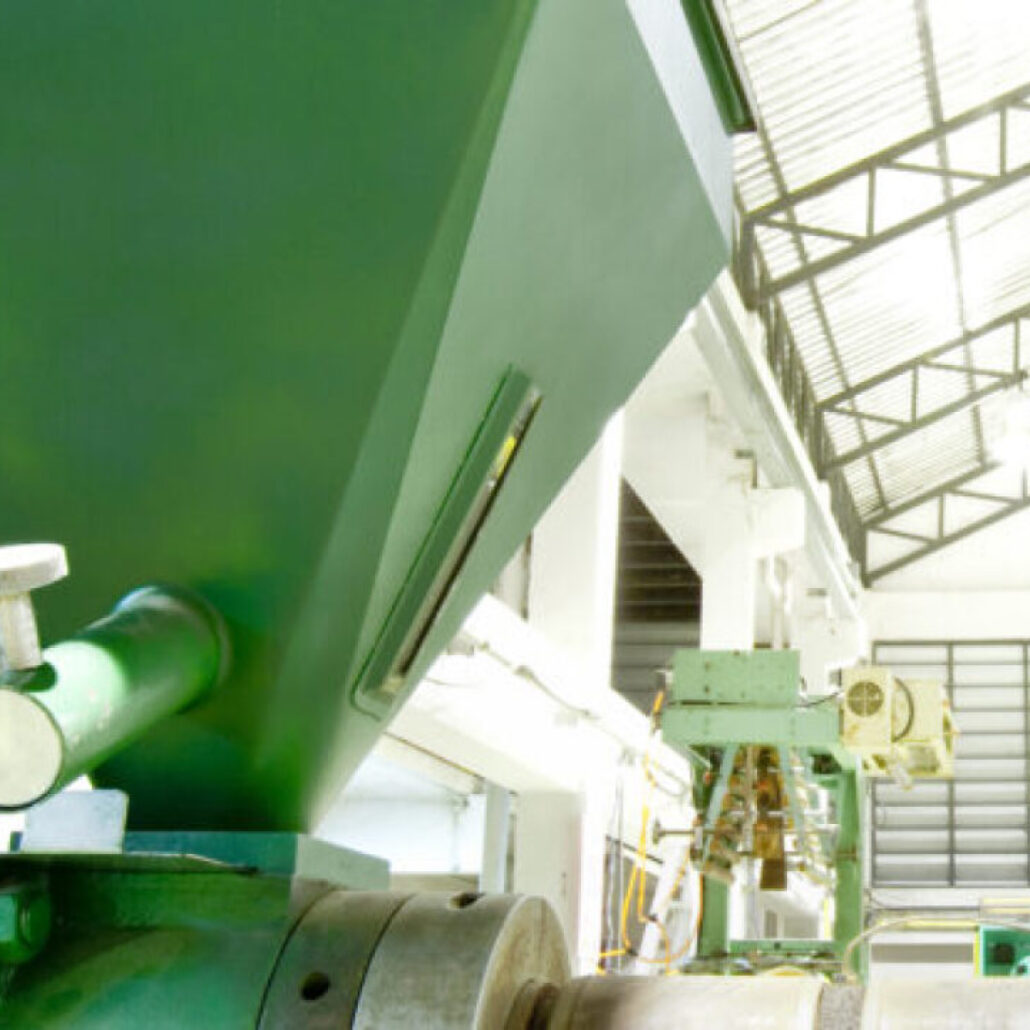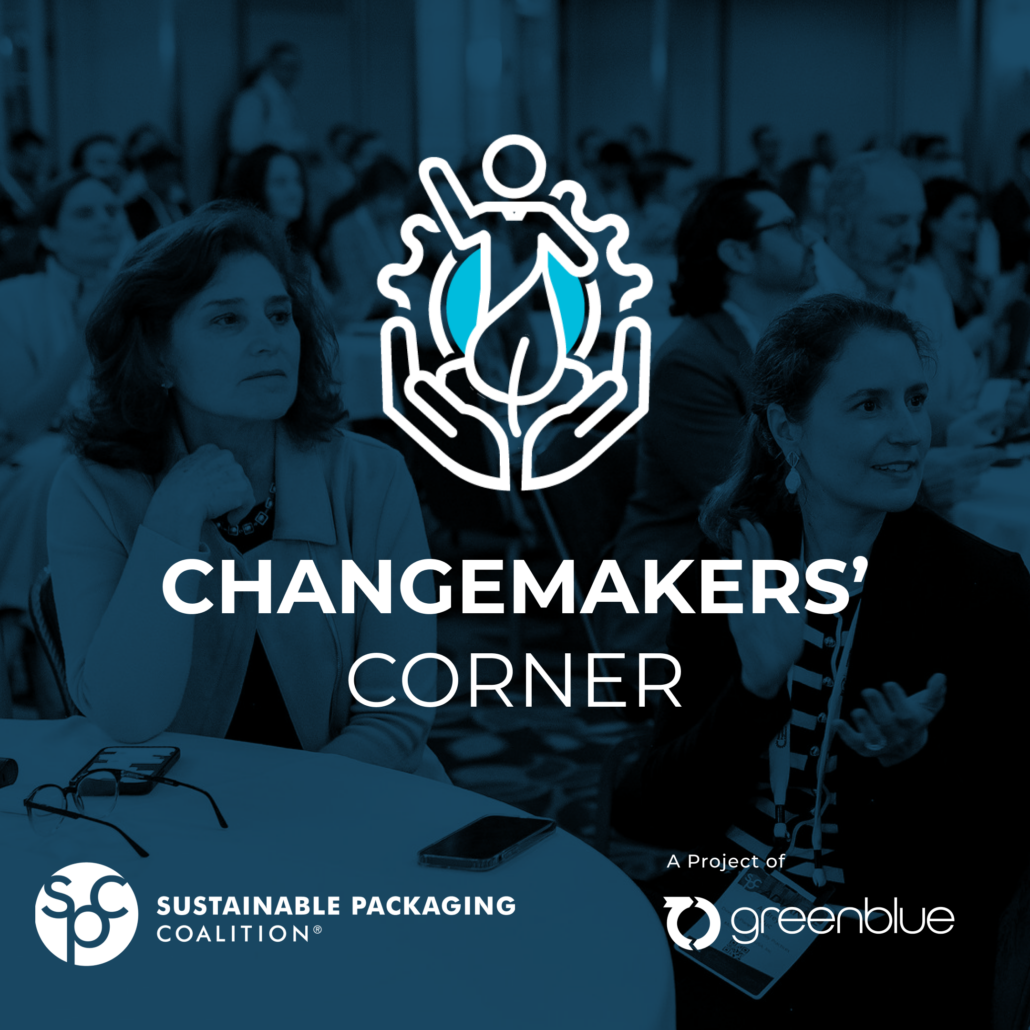Chemical recycling – the technologies as well as the terminology – is controversial.
Seeking answers, I immersed myself in chemical recycling conversations with leaders in the space by attending the AMI Chemical Recycling Conference last month. At over 200 attendees, this third iteration of the conference was the largest it had been so far, which speaks to the growing interest in the topic of chemical recycling. In addition to attendees representing chemical companies or chemical recycling companies, other attendees less familiar with chemical recycling came to the conference to learn.
Presentation topics spanned policy, feedstock sourcing and sorting, certification, life cycle impacts, and collaboration. It was especially informative to hear about all the activity in bridging technologies that decontaminate or “upgrade” pyrolysis oil to be suitable for refining or steam cracking steps. Throughout the conference, there was quite a bit of discussion on whether material from chemical recycling will “count” as recycled material and what kinds of claims can be made when using mass balance accounting. Other topics that circulated included chemical recycling project finance, the logistics of scaling up from lab/pilot scale to commercial scale, and microwave-based technologies.
A highlight of AMI’s conference was hearing from Dr. Fernando Gómez, Head of Energy, Materials, and Infrastructure Industry Communities at the World Economic Forum, on a panel that discussed driving circularity. Gómez asked attendees to consider, “What is the best combination of our available capabilities?” He challenged us to imagine what the manufacturing and recycling industries would look like if we could design them from scratch and urged us to shift our mindset from value chains to “value cycles.”
“What is the best combination of our available capabilities?”
On the last day of the conference, I presented a talk entitled “Stakeholder Perspectives on the Role of Chemical Recycling in the Circular Economy” based on the work of SPC’s Chemical Recycling Collaborative. Since its launch in late 2021, the Chemical Recycling Collaborative has been tackling a long list of questions submitted by participants in response to the prompt, “What questions about chemical recycling do you find hardest to answer?” I invited conference attendees to reflect on when they were first introduced to the concept of chemical recycling and what questions they find hardest to answer about it, then shared a distilled version of the many questions, concerns, and opinions on chemical recycling I have heard from SPC members and other stakeholders as leader of the SPC Chemical Recycling Collaborative.
At the end of 2022, Collaborative participants expressed that they feel more informed about the types of chemical recycling technologies and how the technologies work, but they are much less certain about the answers to questions on impacts, tracking materials through chemical recycling processes, environmental justice concerns, material aggregation, and economic viability of the technologies. Many of these areas of uncertainty are still evolving or suffer from a lack of clear, credible information. For instance, there are significant disparities in how the environmental impacts of chemical recycling technologies are characterized, depending on the source of the information. Binary answers are often tempting, but the “hardest to answer” questions from SPC Chemical Recycling Collaborative participants are hard precisely because they require nuance and context, and non-binary thinking.
“What future are we aiming for? And how do we get there together?”
I encouraged conference attendees to take questions and criticisms that arise about chemical recycling as helping to identify areas of improvement. I hear significant interest from SPC members in chemical recycling and how these technologies might help them meet their sustainability goals. At the same time, the plastic industry, the chemical industry, and by extension, the chemical recycling industry, are sometimes viewed as a hindrance to sustainability rather than part of the solution.
My advice to the chemical recycling industry was threefold. For chemical recycling to scale sustainably and to reach its full potential in the circular economy, the industry needs to:
- use green chemistry,
- be transparent, and
- match technologies with the right applications.
I asked attendees, “What future are we aiming for? And how do we get there together?” Chemical recycling can serve as a tool to help create circular and sustainable systems for plastics, but the industry has work to do to get there.





